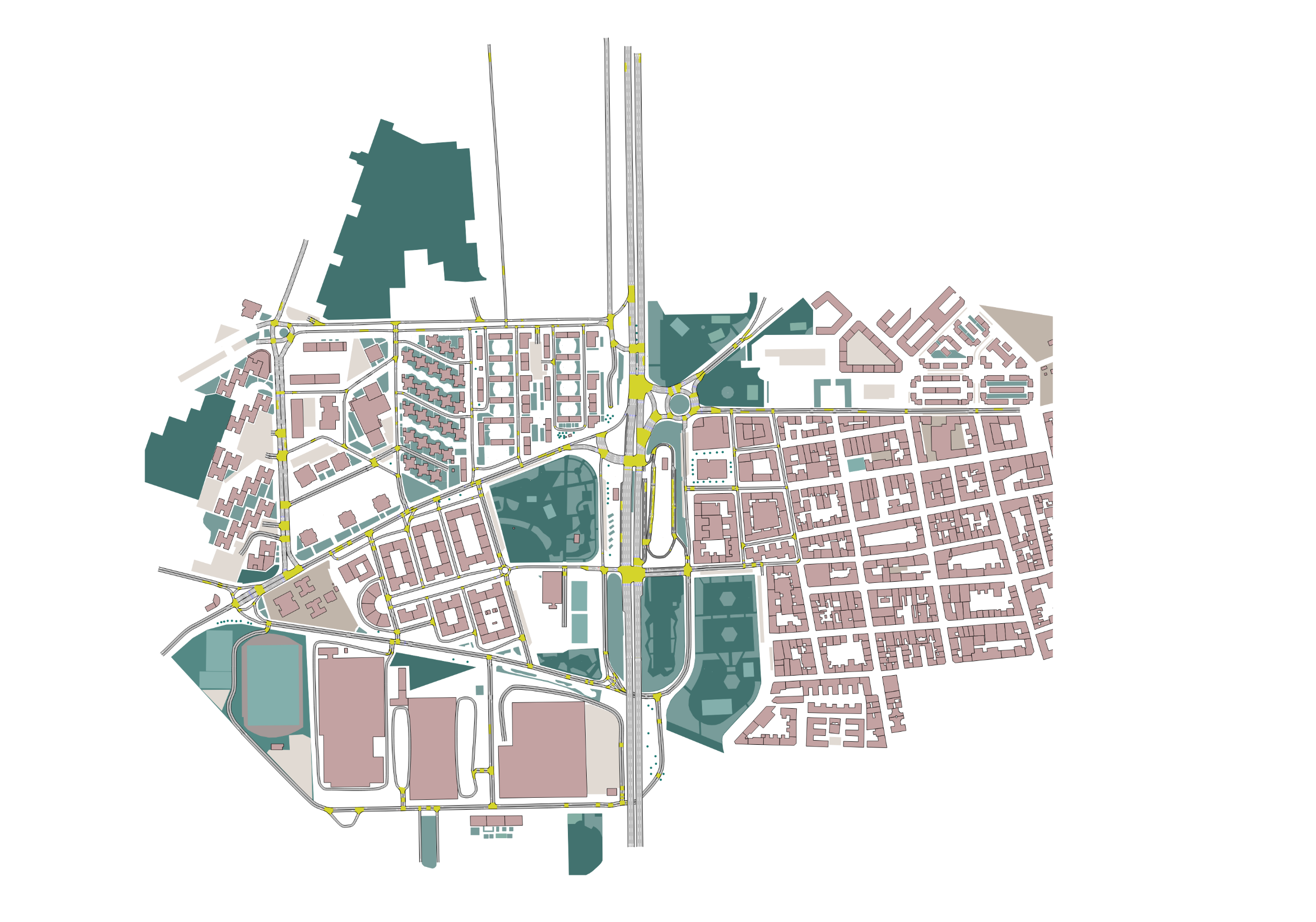
The current study aims at evaluating the impacts of different operational speeds of an autonomous shuttle bus service on road safety by increasing Connected and Automated Vehicles (CAV) Market Penetration Rate (MPR) and combining network characteristics. A microscopic simulation analysis was performed in order to quantify the impact of road safety of an automated shuttle bus service within traffic. In the traffic network of Villaverde, Madrid, several scenarios were simulated using the Aimsun Next software considering the various CAV MPRs (0-100%), and the different operational speeds of the service, namely 15, 30, and 45 km/h. From the microscopic simulation, the vehicle trajectories were extracted and analyzed using the Surrogate Safety Assessment Model (SSAM) software that identified conflicts. Statistical analysis was then performed using negative binomial regression and specifically the dependent variable was the frequency of conflicts that the shuttle bus service was involved in. The analysis revealed that the conflict frequency is lower when the shuttle bus operates at 45 or 30 km/h compared to 15 km/h, with the 45 km/h speed showing the largest reduction due to the shuttle bus adapting more easily to the average traffic speed and is more synchronized with traffic flow. Furthermore, greater CAV MPR results in steadily decreased conflict frequency probably due to the automated shuttle’s adaptability and collaboration with automated and connected traffic vehicles. The current study establishes a solid relationship for the conflict frequency of AV shuttles enabling stakeholders to optimize road safety towards a future of automated traffic.
| ID | pc500 |
| Presentation | |
| Tags |








